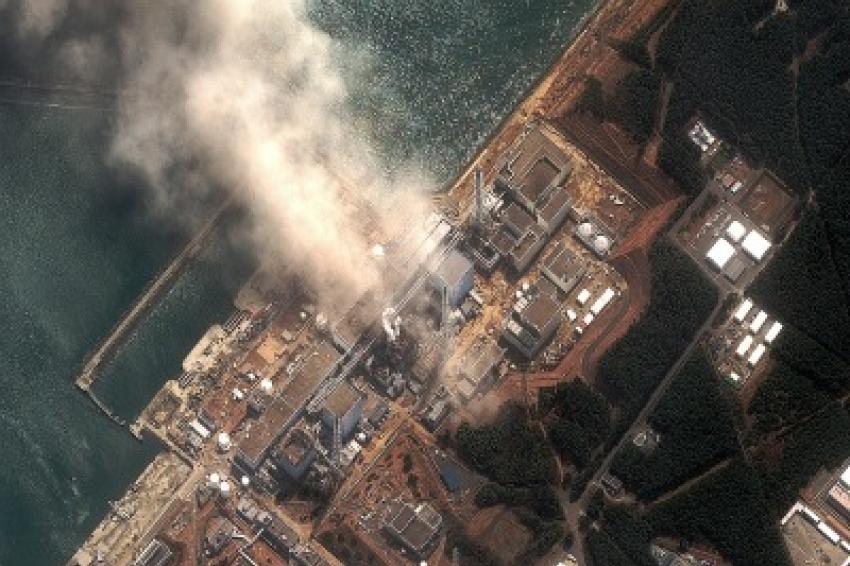Japan Crisis: Most Recent Developments
More Explosions at Fukushima Daiichi Nuclear Power Plant
Following are main developments after a massive earthquake struck northeast Japan on Friday and set off a tsunami:
• Japan PM Kan says radioactive levels significantly higher around the quake-stricken Fukushima Daiichi nuclear power plant, hit by new blasts on Tuesday. The risk of a nuclear leakage was rising at the power plant on the northeast coast, Kan says.
• People within a 30 km radius of the facility urged to stay indoors.
• Low-level radioactive wind from the nuclear reactor could reach Tokyo by evening, based on current winds, the French embassy says. Winds over the plant blowing slowly in southwesterly direction that includes Tokyo, but will shift westerly, a Japanese weather official says.
• Radiation levels rise in Tokyo but it was not a problem, the city government says. "Minute levels" of radiation detected in the capital, according to Kyodo. Radiation levels in Saitama near Tokyo were 40 times normal level - not enough to cause human damage, but enough to stoke panic in the capital.
• Some residents leave the capital while others stock up on food and supplies.
• Radiation levels in the city of Maebashi, 100 km north of the capital, Tokyo, were up to 10 times normal on Tuesday, Kyodo news agency said, quoting the city government.
• Japan's benchmark Nikkei average plunges 14%, heading for the biggest fall since 1987. The decline over the last two days has wiped $720 billion off the market.
• Air China cancels flights to Tokyo as concerns mount. Other airlines monitoring the situation but no flight cancellations yet.
• China's nuclear safety agency says closely watching Japan crisis and strengthening radiation checks. Thailand says will randomly test food imports from Japan.
• Two explosions at Fukushima facility, at reactors No.2 and No.4 followed by fire at No.4. Japan's self defense force and the U.S. military called to put out the fire.
• Authorities have set up a 20-km exclusion zone around the Fukushima Daiichi plant and a 10-km zone around Fukushima Daini.
• Death toll expected to exceed 10,000 from the quake and tsunami, public broadcaster NHK says. About 2,000 bodies found on two shores of Miyagi prefecture, Kyodo news agency reports.
• USGS raises the magnitude of the earthquake to 9.0 from 8.9. Strong aftershocks persist in the stricken area.
• About 450,000 people evacuated nationwide in addition to 80,000 from the exclusion zone around the nuclear power plants. Almost 2 million households are without power in the freezing north and about 1.4 million households have no running water.
• Rolling blackout to affect 3 million customers, including large factories, buildings and households. Kan urges citizens to save power.
• Japan Economics Minister Kaoru Yosano says it is important to keep the Tokyo markets open and closing the market would have a big international impact.
• The Bank of Japan (BoJ) offers to pump 8 trillion yen ($98 billion) into the banking system to calm the market, a day after a record $15 trillion it offered in same-day market operations on Monday.
• Credit Suisse estimates the loss at between 14 trillion yen ($171 billion) and 15 trillion yen just to the quake region.





